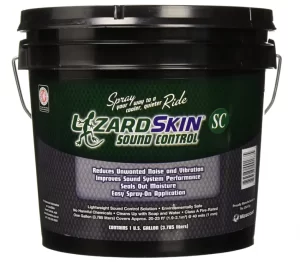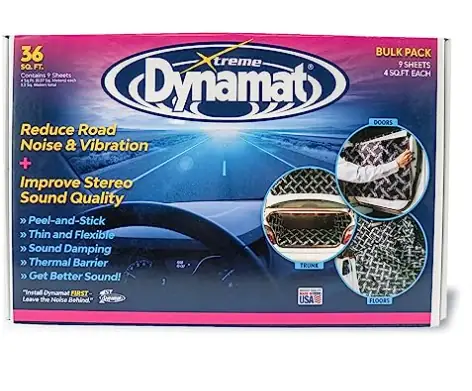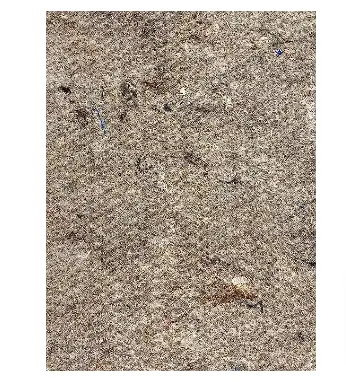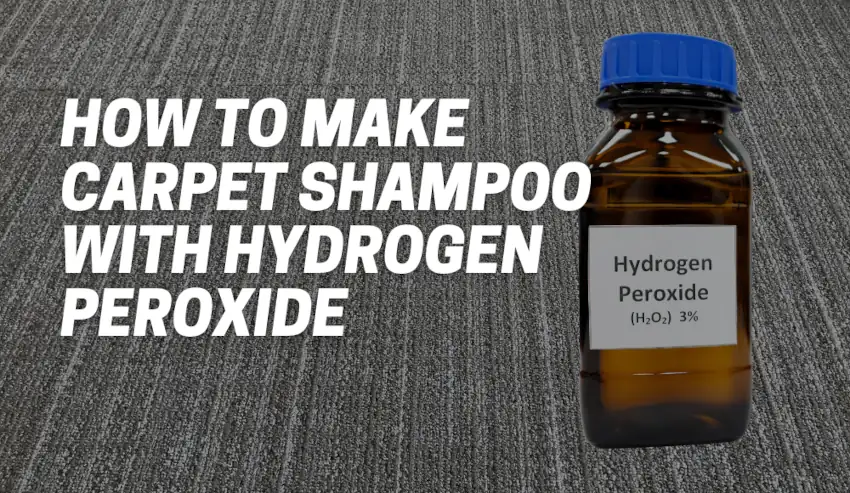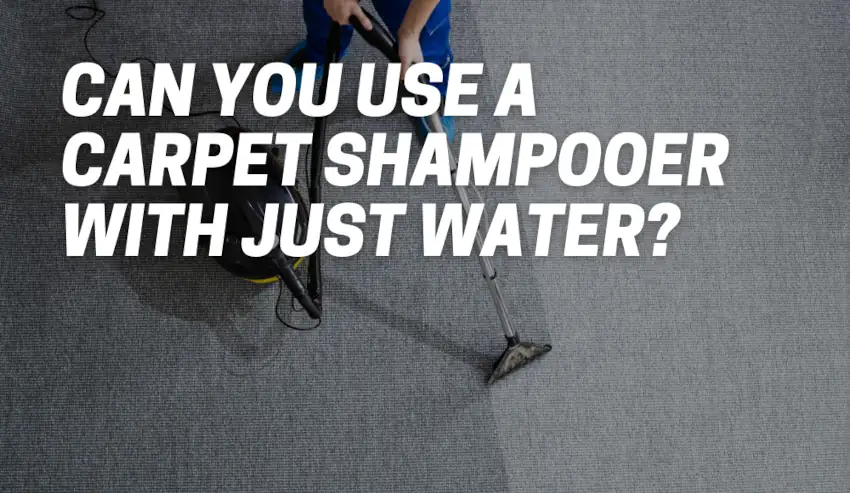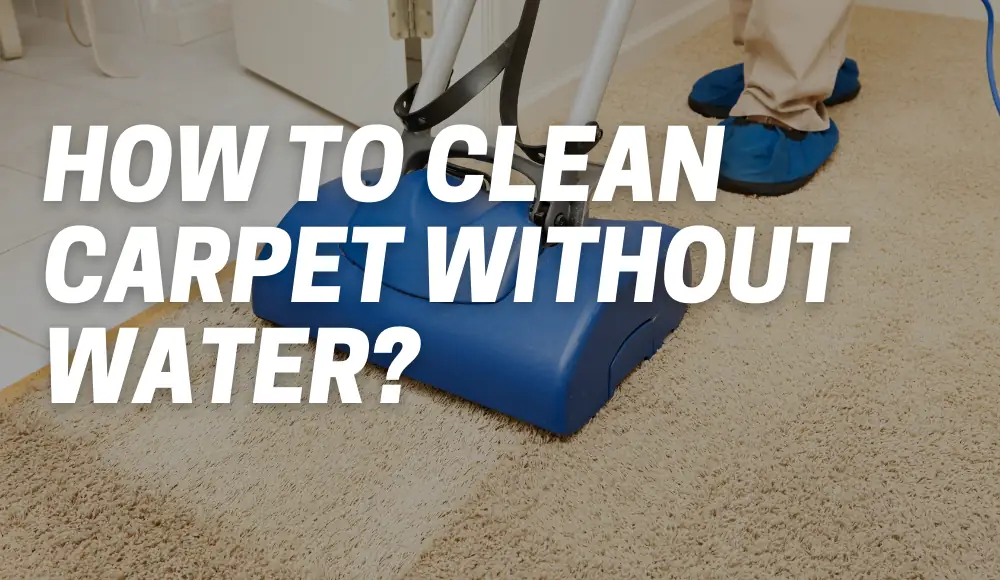When it comes to the interior of your car, one essential component that often goes unnoticed is the carpet padding. We all know that cars come with carpet mats, but have you ever wondered what lies beneath them?
In this article, we’ll delve into the world of carpet padding in cars, exploring its purpose, benefits, and whether or not it’s truly necessary. So buckle up, and let’s dive in!
Why Do Cars Have Carpet Mats?
First things first.
Carpet mats serve several important purposes in a car.
- Firstly, they provide a layer of protection for the underlying car floor. They shield the floor from dirt, debris, and spills, making it easier to keep your car clean and maintain its resale value.
- Secondly, carpet mats enhance the overall aesthetics of the interior, adding a touch of warmth and comfort.
- Lastly, they help to reduce road noise and absorb vibrations, resulting in a smoother and more enjoyable ride.
What Goes Under the Carpet in a Car?
Now that we understand the importance of carpet mats, let’s uncover what lies beneath them.
Underneath the carpet in a car, you’ll typically find a layer of carpet padding, also known as carpet underlay.
This padding acts as an additional cushioning layer between the carpet and the car floor, providing extra comfort and insulation.
Do You Need Carpet Padding in Car?
The question of whether or not you need carpet padding in your car depends on various factors.
If you prioritize comfort and a quieter driving experience, then carpet padding is definitely worth considering. The extra cushioning provided by the padding can make long journeys more pleasant by reducing fatigue and minimizing the impact of road vibrations.
Moreover, carpet padding also helps with insulation, keeping your car cooler in hot weather and warmer during colder seasons. This can be particularly beneficial if you live in extreme climate conditions.
Carpet Underlay In a Car: User Advice
Here are some main point car owners share on the Internet about the carpet underlay in the car:
| Main Points |
|---|
| More insulation is usually better, but Dynamat is effective on its own. Using too thick underlayment can make carpet fitment difficult. Suggests using Lizard Skin or similar products for better sound and temperature reduction. |
| A carpet/flooring store sells fiber pad that resembles auto carpet pad, suggests using it. |
| Recommends using Dynamat, carpet padding on strategic places, and new firewall insulation for improved noise reduction. |
| Additional padding should not be required as most carpet sets come with padding attached. |
| Recommends using Dynamat and Dynaliner under the carpet for sound and heat insulation. Additional heat insulation around the tunnel is also suggested. |
| The user used Dynamat, pad, and heat shield for a proper fit and feel. Regrets not using heat shield in the tunnel area. |
| The user suggests using Dynamat, thinner padding from Lowe’s, and carpet with pre-attached pad for the best installation. |
| User used Dynamat, Lizard Skin, and limo liner, followed by carpet with jute backing. Advises keeping it thin in areas where the seat tracks mount. |
| User acknowledges the possibility of padding under the rear compartment carpet in some cars. |
| Main Points |
|---|
| Proposes using standard 8 lb or 1/2 inch dense carpet pad for sound insulation in cars. Mentions using it with a spray-on adhesive on top of the aluminum layer of sound deadening mat. Suggests using it in various cavities to reduce resonance and rattles. |
| Shares personal experience of using carpet underlay in rear side panels and noticing a significant difference in sound reduction. |
| Mentions using “jute” padding in car installations and finding it effective. |
| Asks about the effectiveness of jute padding within a car door, particularly in a dry area inside the vapor barrier. |
| Recommends using automotive carpet pad like Stinger Roadkill for better durability and noise reduction properties. |
Car padding products mentioned in the comments:
Lizard Skin sound control:
Lizard Skin sound control is a product used for soundproofing and heat insulation in cars. It is a spray-on coating that forms a barrier on the surface to reduce noise, vibrations, and resonance inside the vehicle.
Stinger RKX36B Roadkill Sound Damping Material
The Stinger RKX36B Roadkill Sound Damping Material is a popular product used for soundproofing and vibration control in automotive applications.
Dynamat Insulation for Cars
The Stinger RKX36B Roadkill Sound Damping Material is a popular product used for soundproofing and vibration control in automotive applications.
Is Carpet Padding for Soundproofing in Car a Real Thing?
There is a common belief that carpet padding in cars primarily serves as a soundproofing measure. While it does contribute to reducing road noise to some extent, it’s important to note that carpet padding alone cannot completely eliminate all external sounds.
The primary purpose of carpet padding is to enhance comfort and insulation rather than provide comprehensive soundproofing.
If you’re looking to significantly reduce noise levels inside your car, additional measures such as installing sound-deadening materials or upgrading your car’s insulation may be necessary.
However, carpet padding does play a role in minimizing vibrations and reducing the transmission of sound, adding to a more pleasant driving experience.
Can You Use House Carpet Padding in a Car?
You might be tempted to repurpose extra house carpet padding for your car, but it’s generally not recommended.
House carpet padding is designed for indoor use and may not possess the necessary qualities to withstand the demanding conditions of a car interior.
If the padding is of sufficient thickness, it performs effectively. It also functions adequately for doors, provided you can manage a pad that is 3/4″ thick and find a suitable method to support and seal it. Automotive carpet padding is more durable compared to household carpet padding.
Carpet padding specifically designed for automotive use is usually more durable, resistant to wear and tear, and better suited to handle spills, moisture, and temperature fluctuations. It’s always advisable to use padding specifically manufactured for automotive applications to ensure optimal performance and longevity.
How Much Does It Cost to Replace Carpet Padding in Car?
If you find yourself in a situation where you need to replace the carpet padding in your car, you may wonder about the associated costs.
The cost of replacement can vary depending on several factors, such as the make and model of your car, the quality of the padding you choose, and whether you opt for professional installation or tackle the job yourself.
On average, the cost of replacing carpet padding in a car can range from $100 to $300 and even $800, including the material and labor expenses.
However, it’s always a good idea to consult with a professional or obtain quotes from reputable automotive upholstery shops for an accurate estimate tailored to your specific needs.
How to reduce heat in a car with carpet underlay
—
What is Jute in a Car?
Jute is a natural fiber that is commonly used in the manufacturing of carpet padding for cars.
It is known for its excellent durability, moisture resistance, and acoustic insulation properties. Jute padding helps to reduce noise and absorb vibrations, contributing to a smoother and more peaceful ride.
The use of jute in car carpet padding also has environmental benefits, as it is a renewable and biodegradable material. So, not only does it enhance the driving experience, but it also has a positive impact on sustainability.
Is Jute Padding Good for Cars?
Yes, jute padding is highly regarded as an excellent choice for car carpet padding. Its natural properties make it an ideal material for enhancing comfort, reducing noise, and absorbing vibrations in the car interior.
Jute padding’s durability and moisture resistance also make it suitable for withstanding the challenges of everyday use in a vehicle.
Moreover, jute’s eco-friendly nature aligns with the growing awareness and preference for sustainable materials.
If you’re looking for a reliable and environmentally conscious option for your car’s carpet padding, jute is definitely worth considering.
Automotive Jute Carpet Padding
Automotive jute carpet padding is a common type of padding material used in cars to provide cushioning and insulation beneath the carpeting.
Frequently Asked Questions
How do you dry car carpet underlay?
To dry car carpet underlay, it’s essential to remove any excess moisture as soon as possible to prevent mold and mildew growth. You can start by using a wet/dry vacuum cleaner to extract as much water as you can.
Afterward, open the car windows and doors to promote air circulation and place fans strategically to aid in drying. If needed, you can also use dehumidifiers to further expedite the drying process.
Is it okay to remove carpet from a car?
Yes, it is okay to remove the carpet from a car if you have specific reasons to do so. Some car enthusiasts prefer removing the carpet for aesthetic purposes or to replace it with aftermarket options.
However, it’s important to note that removing the carpet may affect noise insulation and thermal insulation in your car.
If you decide to remove the carpet, consider alternative measures to maintain the comfort and insulation levels, such as using suitable replacement materials or adding additional sound-deadening materials.
Conclusion
Carpet padding in cars serves multiple purposes, including protection, aesthetics, comfort, and noise reduction. While it may not be essential for everyone, it can greatly enhance the driving experience and contribute to a more enjoyable ride.
If you decide to replace or install carpet padding in your car, make sure to choose the right materials specifically designed for automotive use.
And remember, whether or not you opt for carpet padding, maintaining a clean and well-maintained car interior will always leave a positive impression on both yourself and your passengers.

